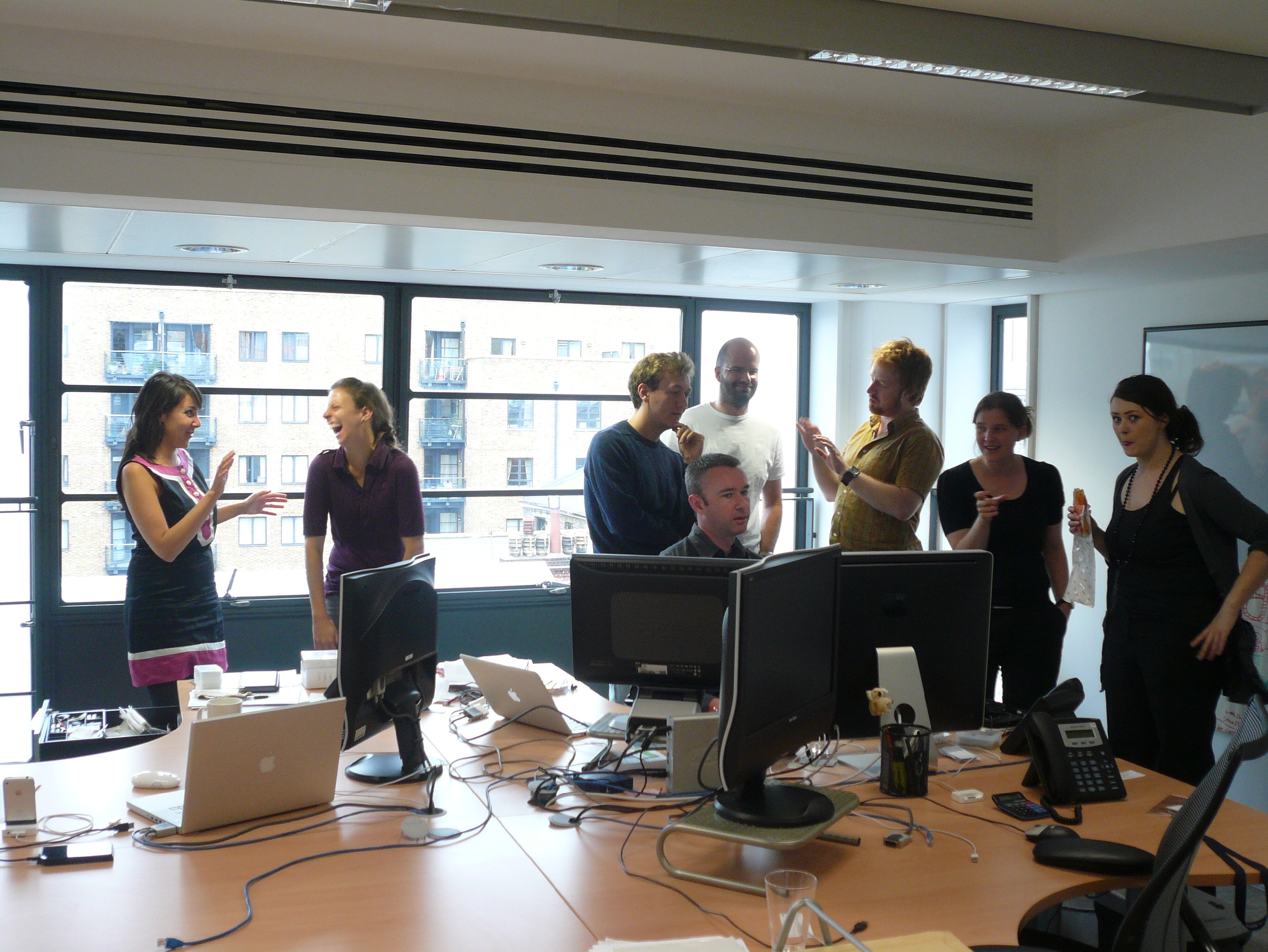Different Types of Communication in Business means exchange of information between or among various parties. During the exchange of information, communication process involves different parties, takes different flows, uses different media, maintains some formalities and intends to attain different goals. So, Business Communication can be categorized into different groups depending on the method or expression, flow of information, formality and the parties involved. A general discussion is presented below on various types of Communication in Business:
Different Types of Communication in Business
Verbal Communication: When information is exchanged between the parties through words, it is called verbal communication. It is a word-based communication. Verbal Communication can be of two types – Written Communication and Oral Communication.
Written Communication: When a message is exchanged or communicated in a written form, it is called written communication. It is also a word based communication. It is widely used when the permanency and record of the message are important and when the audience stays at a distance. It takes different forms like letters, memos, reports etc.
Oral Communication: When a message is exchanged between the parties orally, it is called Oral Communication. It is also a word-based communication but not in written form rather in verbal or oral form. Major forms of Oral Communication include conversation, interview, telephone, speech etc.
Non-Verbal Communication: Communication without using words is called noon-verbal communication. It is not a word-based communication. It does not use any written or spoken words but uses symbols, body language, color etc. to convey message. Non Verbal Communication can be visual, audio-visual and silent.

Different Types of Communication
Visual Communication: When communication is done by using visual means or techniques, it is called visual communication. Non Verbal Communication can take different forms like gesture, posture, facial expression, eye contact etc
Audio Communication: When message is conveyed to the audience through sound only, it is called audio or audible communication. Some important and frequently used audio methods of communication are paralanguage, siren, calling bell, ringing bell etc.
Audio-Visual Communication: When communication takes place by using both sounds and pictures, it is called audio-visual communication. It is based on both audio and visual means of communication. Some important and powerful media of audio-visual communication are television, cinema, video-tapes etc.
Silent Communication: When a message is conveyed through silence, it is called silent communication. In some situations silence best communicates the message. The meaning of silence varies depending on the situation or environmental context. For example, when the teacher enters into the classroom, the students remain silent. Here, silence of the students means showing respect to teacher.
Vertical Communication: When information moves between upward and downward directions, it is called vertical communication. In other words, we can say that when communication flows upward to downward or from downward to upward, it is considered as vertical communication. If managers send instructions to subordinates or subordinates send suggestions to superiors, it is called vertical communication. It can be of two-types Upward and Downward.
Upward Communication: When information moves upward from downward direction, it is called Upward Communication. In other words, when a message flows form a subordinate to a superior; it is considered as upward communication. Upward communication may be written or oral.
Downward Communication: When information moves downward form upward direction, it is called downward communication. It is just the opposite of upward communication. If a message flows from a superior to a subordinate, it can be termed as downward communication. It also may be in oral or written form.
Horizontal Communication: Communication occurring between and across the departments or people on the same level in organizational hierarchy is called Horizontal Communication. Here, information moves among the people holding same rank or position. It is also known as lateral communication. Horizontal communication also can take oral or written form.
Crosswise or Diagonal Communication: When information flows between or among the persons at different level who have no direct reporting relationship with each other, it is called diagonal or crosswise communication. This type of communication takes place in case of emergency. For example, if the subordinates of production department report to the supervisor of marketing department, it will be considered as diagonal communication.
Formal Communication: When communication is done by maintaining the formalities or rules prescribed by the organization, it is called formal communication. Formal Communication follows the chain of command established in the organization. For example, if the manager gives strict instructions to the subordinates, it will be considered a Formal Communication.
Informal Communication: If communication s done without maintaining the formalities prescribed by the organization, it is called informal communication. The basis of Informal Communication is personal or informal relationship between the members of a group. It is also known as grapevine that takes place when be people of an organization or group, especially of same level or rank gather or meet together and discuss informally.
Internal Communication: When the people of the same organization exchange information between and among themselves, it can be termed as Internal Communication. It consists of the structured communication within the organization and it never goes outside the organization. Internal Communication may be informal of formal, vertical or horizontal and oral or written.
External Communication: When communication occurs between or among organizations, it is called external communication. In other words, when communication is done with the external parties, it is known as External Communication. For example, if a business farm communicate with customers or banks it will be considered as external communication here.
Personal Communication: If communication is done for exchanging personal information, it is called Personal Communication. People exchange information related to their personal affairs by personal communication. For example, if a father writes a letter to his child asking the progress of his or her study, it will be considered as personal Communication.
Mass Communication: Transmission of message to many people at a time is called Mass Communication. In other words, Mass Communication is the process through which a message is circulated extensively among the people who are far away from the sender. Mass Communication use mass media for transmitting message such as, radio, television, newspapers, magazine etc.
Electronic Communication: When communication takes place with the help of electronic devices like computer and other means, it is called Electronic Communication. Now-a-days different modern means of technology are used in communication to transmit message quickly at a cheaper cost. Electronic communication is mainly based on computer network, Telephone, fax, voice-mail etc.
Business Communication: When communication occurs between the Business persons, it is called Business Communication. In other words, when business related information is exchanged between the parties, it is known as Business Communication. It encompasses the business affairs.
From the above discussion, we find that there are different Types of Communication each of which has different area, scope, channel and application.


Read it and understood it.